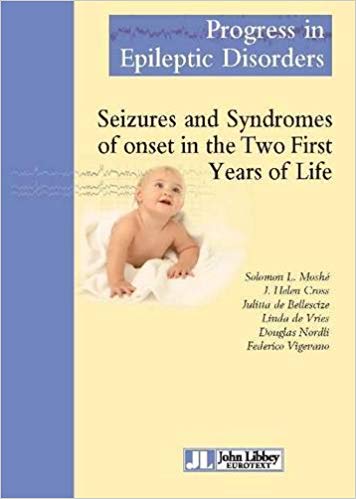
There is a very high incidence of seizures during the first two years of life. This may reflect multiple etiologies depending on the circumstances under which seizures occur; seizures may lead to or herald epilepsy. Within this period there is the frequent onset of difficult to control epilepsy with often devastating consequences (i.e. West syndrome or Dravet syndrome), although on other occasions the epileptic syndromes may have a more benign cause (i.e. benign familial neonatal seizures).
Ongoing efforts are to understand : 1. How seizures may occur in the developing brain?
2. What are their consequences?
3. Which biomarkers are being developed?
4. What are the effective treatments to promptly stop ongoing seizures and alter the course of epileptic encephalopathies?
The topics presented in this volume address the questions raised above, and provide new insights on how it is best to approach seizures and epilepsy in the first two years of life, to systematically create a blueprint upon which diagnostic and treatment decisions can be based.
The data are highly reflecting the state of the art and also individualize for the particular milieu of the patient in taking into account both nature, and nurture and result in seizures and epilepsy.

